Soweto is a big part of South Africa's story, from its apartheid roots to contemporary democracy. It's also, in size, more of a city than a township, and comprises a wide range of suburbs, from upmarket Diepkloof to informal settlements. To understand the country's history, your journey should start here.
It is here that in 1955 The Freedom Charter was presented calling for a non-racial, democractic South Africa. Later in 1976 the Soweto Uprising, led by Soweto's schoolchildren, exploded across the streets and later the country, and in the post-apartheid era Soweto also played host to many of the meetings of the Truth and Reconciliation Commission as the country sought to make amends with the past.
Here's a look at some of the most prominent places to visit on the Soweto Heritage Trail and what to see there.
Kliptown and the Freedom Charter
What to see in Kliptown: The monument to the Freedom Charter on Walter Sisulu Square and Kliptown Museum (currently closed).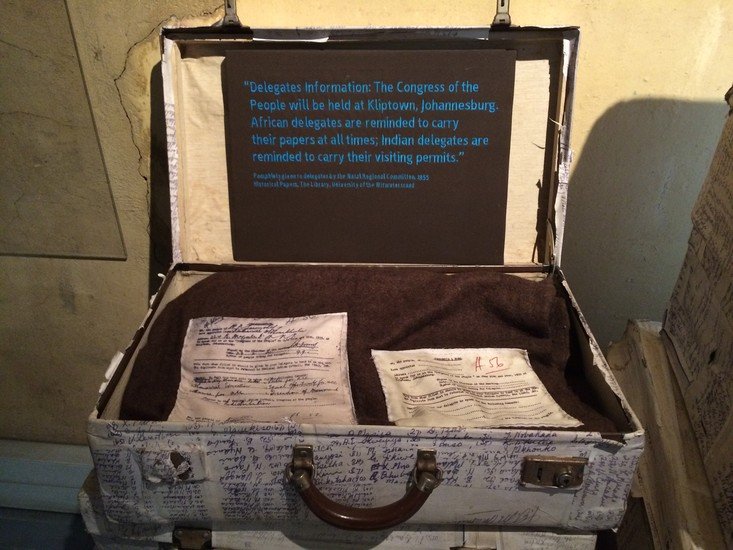
A place of striking contrasts with a mixture of small historic brick houses that date back some one hundred years, shacks, wholesale stores, and bustling street markets, Kliptown is the oldest area of Soweto, established in 1905.
At the centre of Kliptown is Walter Sisulu Square. On June 26, 1955, a 3,000 person strong Congress of the People, made up of representatives of all South African racial and ethnic groups (including political and religious leaders as well as ordinary workers, pensioners and students), gathered here to draw up the Freedom Charter. Under the opening line “The People Shall Govern!” it laid out the principles for a country in which all South Africans would be entitled equal rights. The meeting was swiftly closed down by a heavily armed contingent of police and subsequently, the ANC party was banned and accused of treason. Only forty years later was the Freedom Charter finally adopted as the basis of today's South African Constitution.
Today the Congress of the People and Freedom Charter are remembered in a tower-shaped monument that stands in the middle of the square and the small but engrossing Kliptown Museum. The square is well worth visiting, laid out next to the historic main street of Kliptown with its produce traders and general stores. Street food stalls abound and in particular, look out for the traders selling vetkoek, a delicious local fried dough.
Vilakazi Street - a street of Nobel Laureates
What to see on Vilakazi Street: A tourism hotspot in regular times Vilikazi Street's key historic attractions include the Nelson Mandela House Museum, the blue plaque marking the house of leading struggle activist Archbishop Desmond Tutu and the June 16 1976 Monuments. Today it's also just as well known for housing one of the most popular stops for South African township cuisine, Sakhumzi's.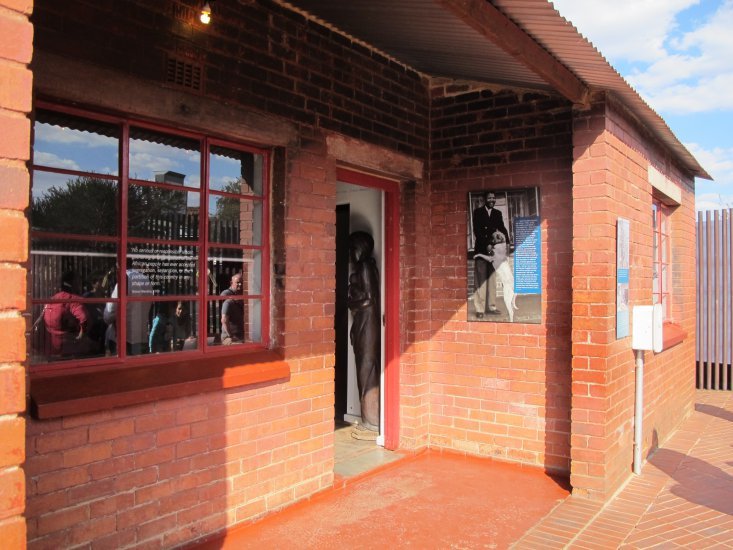
Probably the most famous street in all of Soweto, Vilakazi Street lays claim to being the only street that has been home to two Nobel Peace Prize-winning residents – Nelson Mandela and Desmond Tutu. A tourism hub and popular hangout for Soweto’s wealthy middle classes, Vilakazi Street is lined with restaurants and bars and can often feel as much a lifestyle attraction as a heritage one.
The most prominent landmark of course is 8115 Vilakazi Street, the Mandela House Museum. Mandela lived in this humble 'matchbox' house with his second wife struggle icon and firebrand Winnie Madikizela Mandela in the late 1950s and early 1960s before he was sentenced to life in prison. The house has been moderately remodeled outside to make it into a museum, although inside the layout of the original home remains intact, with the small rooms now filled with memorabilia belonging to the family including letters, gifts and awards.
Included in your entrance fee to the Mandela House Museum is a short guided tour where guides will detail the challenges that Winnie and the Mandela children faced here alone while Nelson was in prison, and reveal the many sentimental features of the home that held a special place in the Mandela family life.
The 1976 Soweto uprising
What to see on the June 1976 memorial trail: The Hector Pieterson Museum and surrounding memorials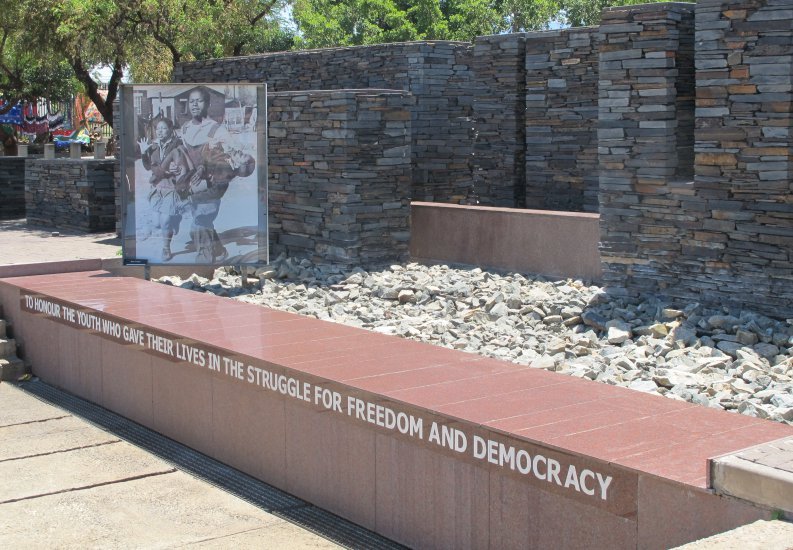
On June 16 1976 hundreds of pupils from schools across Soweto took to the streets to protest against the poor standard of education in black (Bantu) schools and in particular new laws governing that all teaching be conducted in Afrikaans instead of English. What began as a peaceful protest ended in bloodshed when the apartheid police opened fire on the unarmed students and ensuing riots echoed across the whole country.
The police first turned on the protestors in Orlando West near Vilakazi Street and this devastating moment was captured in photographer Sam Nzima’s now-iconic photo of the bloody and limp body of 13-year-old Hector Pieterson being carried by an older student. The corner where the protest turned violent is marked by the Hector Pieterson memorial and museum. This deeply moving museum focuses on the atmosphere leading up to the uprising, the events of June 16 and the after-effects of the unrest and is one of Joburg's best.
Truth and reconciliation at Regina Mundi Church
What to see at Regina Mundi Church: Look out for the bullet holes left by apartheid police forces and admire the church's many artworks and stained glass windows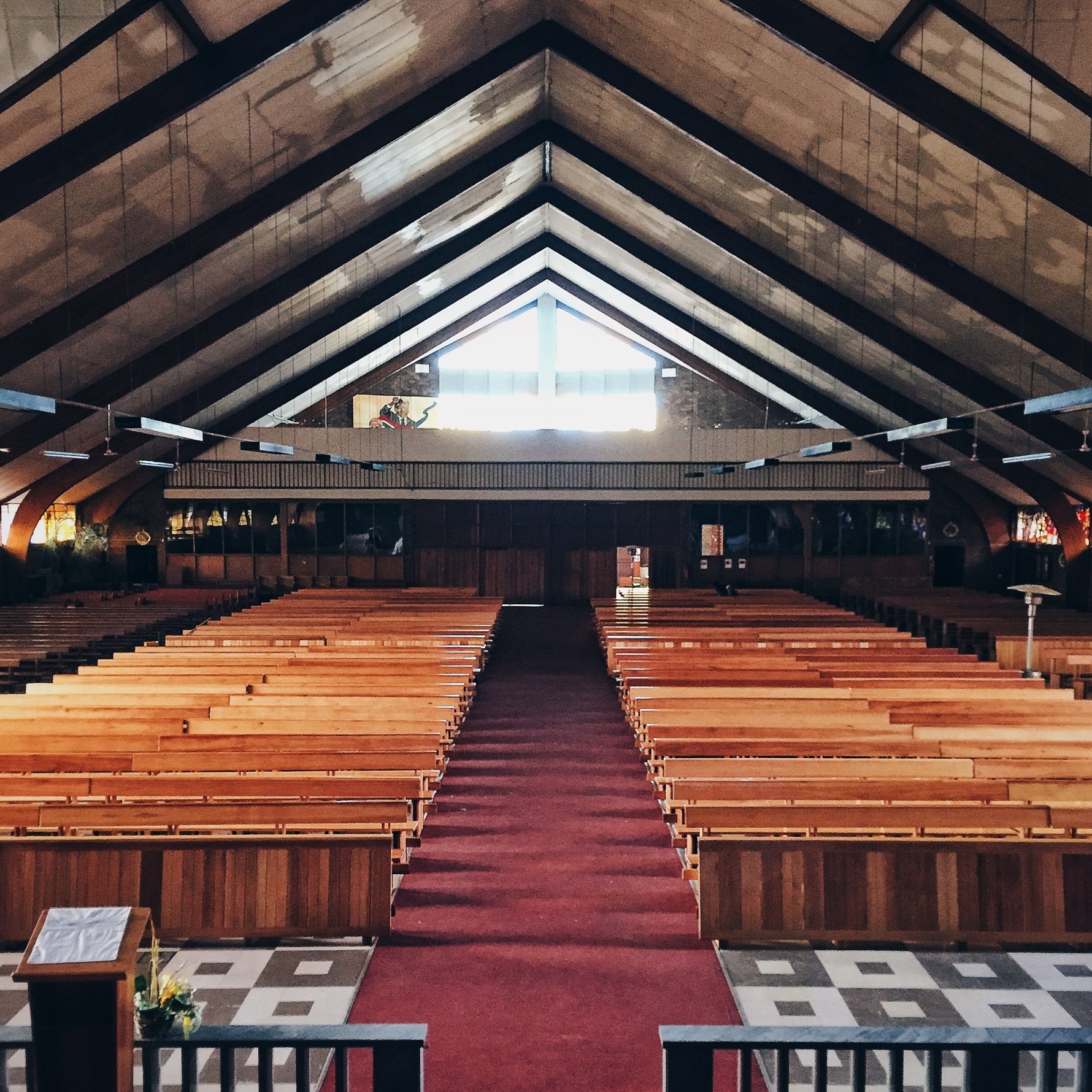
The Regina Mundi Catholic Church in Rockville was built in 1964 and played a significant role in the struggle - it even has the bullet holes to prove it. During the Soweto uprising in 1976 students fled here for refuge and were followed inside by policemen who fired live ammunition into the building. The events of that fateful day are commemorated every year in a special June 16 service. The building has also played an important role in South Africa's post-apartheid history. From 1995 to 1998, Archbishop Emeritus Desmond Tutu presided over several meetings of the Truth and Reconciliation Commission at the 5,000 capacity church, where the perpetrators and victims of human rights abuses carried out during the apartheid era bore testimony.
Over the years numerous artworks have been donated to the church as well as a memorial stone garden. Most notable are Laurence Scully's beautiful Black Madonna and Child of Soweto and the stained glass depiction of a triumphant Mandela walking free from prison.
Taking a guided tour of Soweto
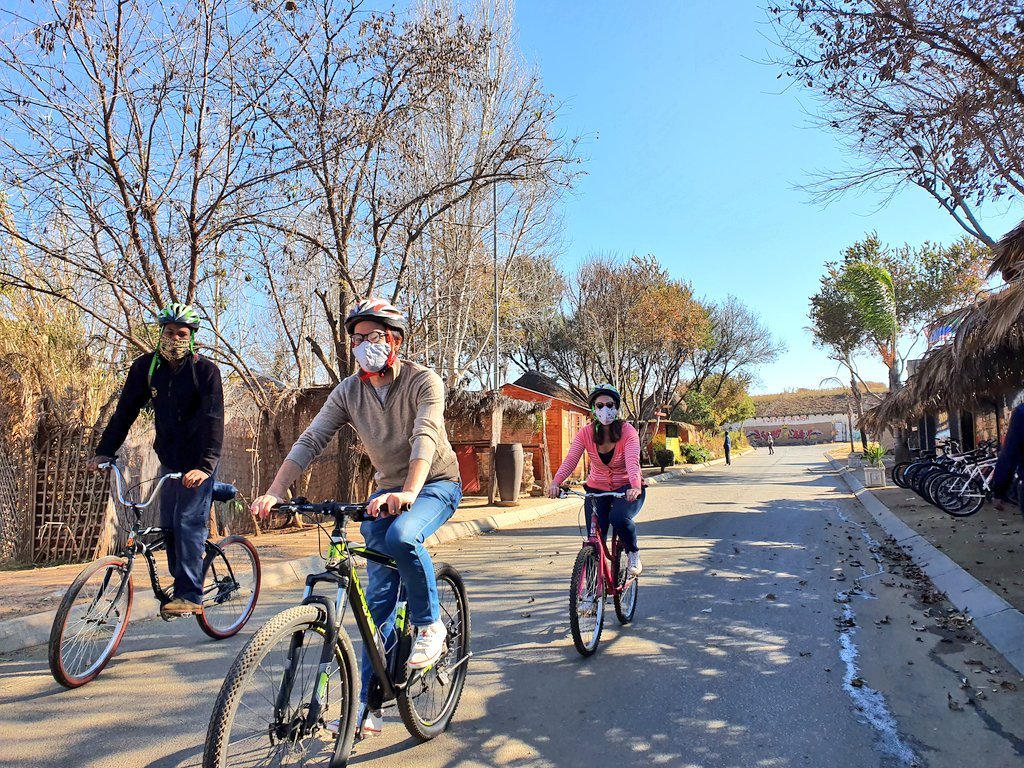
All of the main Soweto sights mentioned above can easily be visited on your own, although to really get the most out of a visit to Soweto we always recommend taking a tour of Soweto with a local guide.
By going on a guided tour you'll get to enjoy a more in-depth telling of the Soweto story, and most importantly you'll get to hear from locals how these stories are remembered within their own families and communities. By taking a walk or cycle with a local guide you will also get to enjoy those essential elements of everyday contemporary Soweto life that might otherwise be difficult to access as an outsider.
Some recommended tour guides include: Lebo's Soweto Bicycle Tours, TKD Tours and Bay of Grace Tours.
Staying over in Soweto
If you want to make the most of your time in Soweto consider staying over. Lebo's Soweto Backpackers offers camping, backpackers and guesthouse accommodation, while in Kliptown the four-star Soweto Hotel is a fully-serviced business and conferencing hotel looking out over Walter Sisulu Square.SOWETO FACT FILE
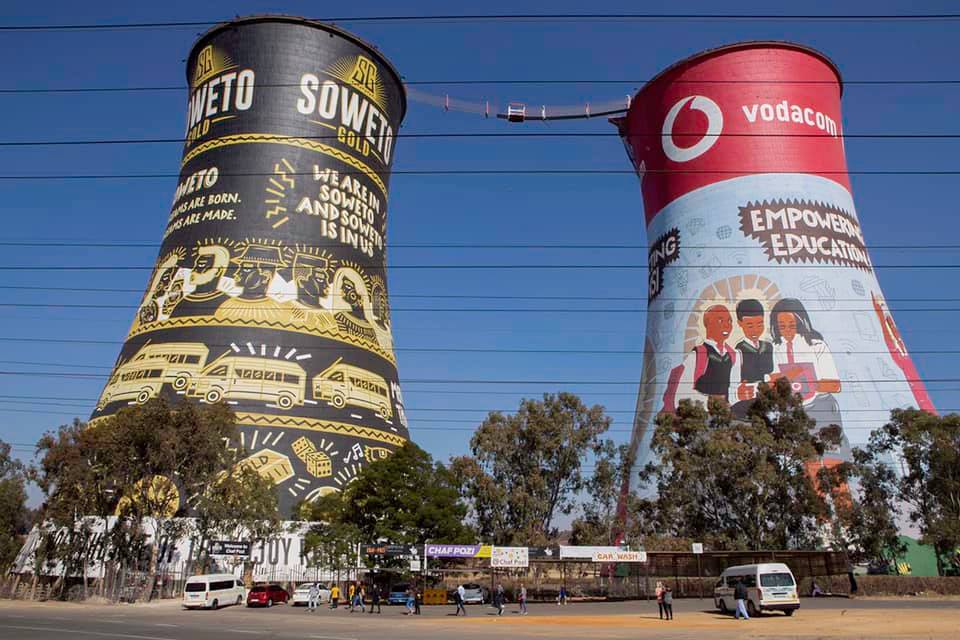
What does the name Soweto mean? The name Soweto comes from the term South Western Townships which was the name officially given in 1963 to the collection of settlements where non-white people had been moved over the preceding decades.
When was Soweto founded? The name Soweto came into use in 1963 although the first 'native location' (Kliptown) was established here in 1905. The Orlando suburb of Soweto was established around 1931 and by 1936 already had a population of around 12,000. Large-scale aggressive forced removals of people to Soweto's suburbs Diepkloof, Meadowlands, Dube and Rockville began in the late 1940s and carried on throughout the 1950s, particularly in the wake of the Group Areas Act.
How many people live in Soweto? Estimates vary about the population of Soweto, but according to Statista it has the fourth-largest population of any city in South Africa – an estimated 1,695-million people (Feb 2021).
How far is Soweto from Johannesburg? Soweto is a sprawling area. Vilakazi Street is around 16km from the Joburg City Centre. Further south, Kliptown is about 20km from Joburg. The entire area is said to cover 200 square kilometres.
Famous Soweto sporting events: The Soweto Derby between Soweto's two biggest football clubs, Orlando Pirates and Kaiser Chiefs, is one of the biggest footballing events in Africa and is held twice a year at Soweto's FNB Stadium in Nasrec. Pre-Covid the Soweto Marathon was held every November, starting and ending at the FNB Stadium.
Soweto landmarks: In addition to many heritage landmarks, other major Soweto landmarks include the FNB Stadium, Orlando Stadium, Soweto Theatre, the Soweto cooling towers (now a venue for bungee jumping) and Soweto's golden mine dumps (sometimes jokingly called Soweto Table Mountain).
* For more on Soweto's history see sahistory.org.za/article/history-soweto.


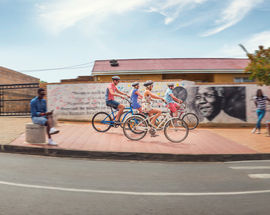
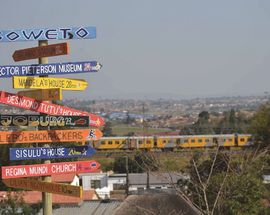



Comments